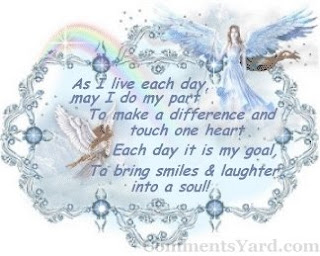2. GUI - is a type of user interface that allows users to interact with electronic devices with images rather than text commands. GUIs can be used in computers, hand-held devices such as MP3 players, portable media players or gaming devices, household appliances and office equipment .
3. LINUX - is a computer operating system which is based on free and open source software.
4. MACINTOSH OS - is a series of graphical user interface-based operating systems developed by Apple Inc. (formerly Apple Computer, Inc.) for their Macintosh line of computer systems. The Macintosh user experience is credited with popularizing the graphical user interface.
5.MS-DOS - is an operating system for x86-based personal computers.
6. MULTITASKING - is a method where multiple tasks, also known as processes, share common processing resources such as a CPU.
7. NOS - is the software that runs on a server and enables the server to manage data, users, groups, security, applications, and other networking functions.
8. OS - is software, consisting of programs and data, that runs on computers, manages computer hardware resources, and provides common services for execution of various application software. The operating system is the most important type of system software in a computer system.
9. SYSTEM SOFTWARE - is computer software designed to operate the computer hardware and to provide a platform for running application software.
10. APPLICATION SOFTWARE - is computer software designed to help the user to perform specific tasks.
11. UNIX - is a multitasking, multi-user computer operating system originally developed in 1969 by a group of AT and T employees at Bell Labs, including Ken Thompson, Dennis Ritchie, Brian Kernighan, Douglas McIlroy, and Joe Ossanna.
12. UTILITY PROGRAMS - is a kind of system software designed to help analyze, configure, optimize and maintain the computer. A single piece of utility software is usually called a utility or tool.
13. WINDOWS - is a transparent or a translucent opening in a wall or door that allows the passage of light and, if not closed or sealed, air and sound.
14. WINDOWS CE - is an operating system developed by Microsoft for embedded system. Windows CE is a distinct operating system and kernel, rather than a trimmed-down version of desktop Windows.
15. WINDOWS MOBILE - is a mobile operating system developed by Microsoft that was used in smartphones and mobile device, but by 2011 was rarely supplied on new phones.
DIFFERENTIATE ;
Mac OS vs. Windows vs. Unix










